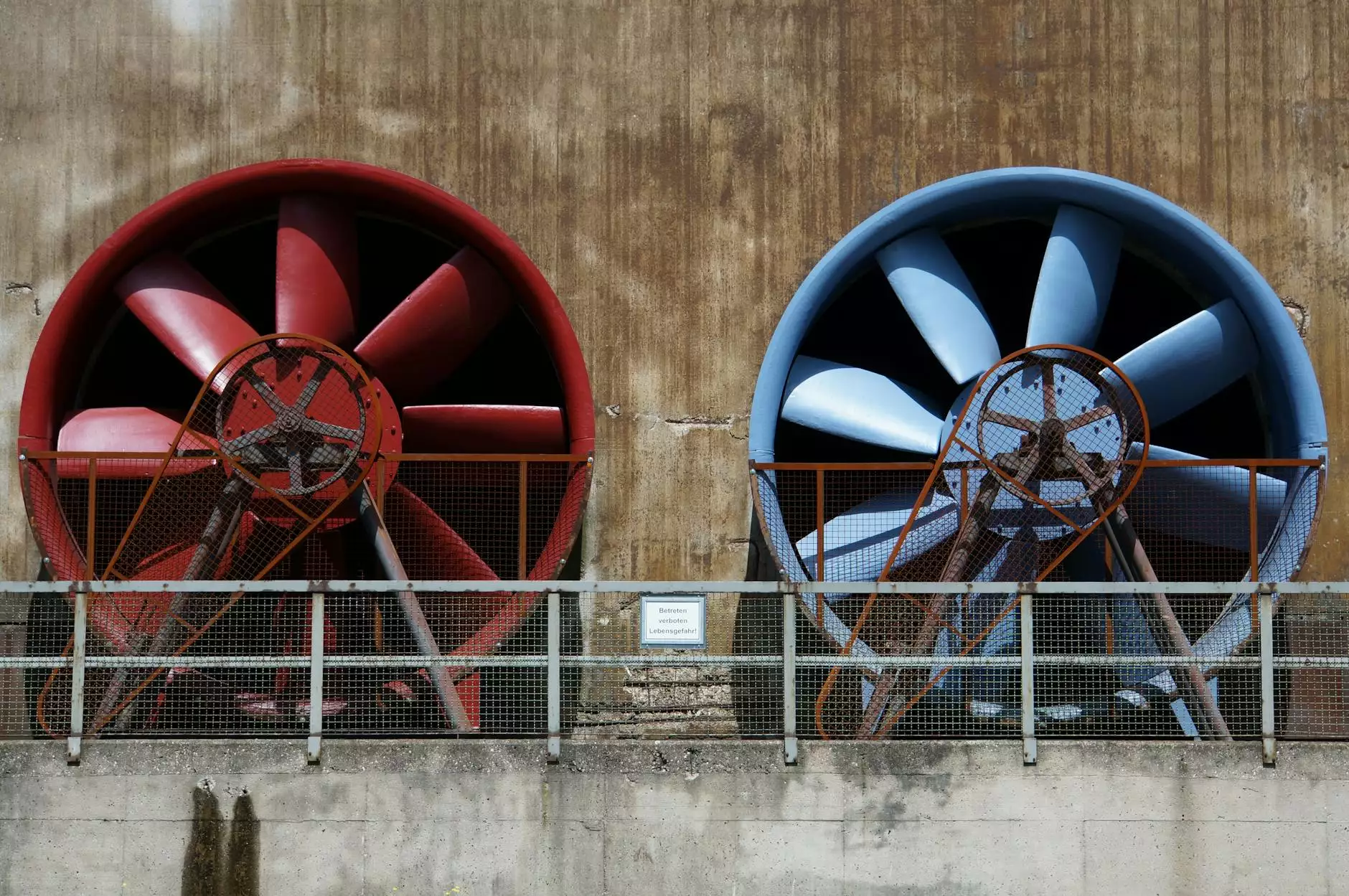The Importance of Emergency Breathing Apparatus in Business Environments

In today's fast-paced business world, ensuring the safety of employees is a top priority. One critical component of workplace safety that is often overlooked is the emergency breathing apparatus. This specialized equipment is paramount for protecting workers in environments where respiratory hazards may exist. Understanding the significance of emergency breathing apparatus can empower businesses to create safer workplaces, comply with regulations, and enhance overall emergency preparedness.
What is an Emergency Breathing Apparatus?
An emergency breathing apparatus (EBA) is a device designed to provide breathable air in situations where the air quality is compromised due to smoke, chemicals, or other hazardous substances. Typically used in industrial settings, firefighting, and other high-risk environments, EBAs are lifesaving tools that can mean the difference between life and death during emergencies.
The Components of Emergency Breathing Apparatus
- Mask: Provides a secure seal to ensure that the user can breathe without exposure to harmful substances.
- Air Supply Cylinder: Holds breathable air and is often refillable for long-term use.
- Regulator: Delivers air from the cylinder to the mask at a controllable rate.
- Harness or Backpack: Secures the cylinder and allows for ease of movement.
- Pressure Gauge: Indicates the remaining air supply, essential for planning emergencies.
Why is Emergency Breathing Apparatus Essential for Businesses?
The integration of an emergency breathing apparatus into workplace safety protocols is not merely a recommendation—it is often a requirement. Here are several reasons why businesses should prioritize this equipment:
1. Compliance with OSHA Regulations
The Occupational Safety and Health Administration (OSHA) mandates that employers provide a safe working environment. In industries such as construction, manufacturing, and chemical processing, where exposure to hazardous materials is a concern, having an appropriate emergency breathing apparatus is essential for compliance. Failure to adhere to OSHA regulations can result in significant fines and, more importantly, create a dangerous environment for employees.
2. Protection Against Respiratory Hazards
Respiratory hazards can arise from various sources, including:
- Chemical spills
- Fires
- Exposure to toxic fumes
- Dust and particulate matter
In the event of such hazards, having a reliable emergency breathing apparatus can protect workers from serious health consequences or even fatalities.
3. Enhancing Emergency Preparedness
Preparedness is key in any emergency situation. Having emergency procedures in place, coupled with readily available breathing apparatus, increases the chances of a successful evacuation during a crisis. Training employees to use EBAs effectively can lead to quicker response times and improved safety outcomes.
Implementing Emergency Breathing Apparatus in Your Business
Assessing the Need for Emergency Breathing Apparatus
To determine the necessity of an emergency breathing apparatus within your organization, you should conduct a thorough risk assessment. This involves:
- Identifying potential hazards: Evaluate the work environment for risks that can affect air quality.
- Consulting OSHA standards: Check the relevant regulations that apply to your industry.
- Engaging employees: Get feedback from workers who operate in potentially hazardous areas.
Selecting the Right Emergency Breathing Apparatus
Choosing the right emergency breathing apparatus involves understanding the specific needs of your business. Consider the following:
- Type of environment: Indoor vs outdoor, presence of chemicals, etc.
- Duration of supply: Ensure cylinders have enough air supply for potential evacuation times.
- Ease of use: Employees should be able to don the apparatus quickly and comfortably.
Training Employees in the Use of Emergency Breathing Apparatus
Even the best emergency breathing apparatus is ineffective without proper training. Implement a thorough training program that includes:
- Hands-on demonstrations of how to wear and operate the apparatus.
- Practice drills that simulate emergency situations.
- Regular refreshers and updates on equipment maintenance.
Maintenance of Emergency Breathing Apparatus
To ensure that your emergency breathing apparatus remains operational, regular maintenance is critical. This involves:
- Routine Inspections: Check all components for wear and tear, including the mask, air supply, and seals.
- Air Supply Checks: Make sure that cylinders are adequately filled and are within their service date.
- Proper Storage: Store equipment in a clean, dry place that is easy to access in an emergency.
Case Studies: The Importance of Emergency Breathing Apparatus
Real-life incidents underscore the necessity of having a properly maintained and accessible emergency breathing apparatus:
- Case Study 1: A chemical plant explosion resulted in a significant release of toxic gases. Workers equipped with EBAs were able to successfully evacuate unharmed.
- Case Study 2: During a warehouse fire, personnel with immediate access to emergency breathing apparatus were able to assist in the rescue of others, preventing fatalities.
The Future of Emergency Breathing Apparatus
As we move towards a more safety-conscious era, the technology surrounding emergency breathing apparatus will continue to evolve. Innovations such as:
- Smart sensors that monitor air quality in real-time.
- Advanced materials that enhance comfort and protection.
- Integration with other safety systems for a more coordinated emergency response.
Businesses must stay informed about these advancements to ensure they are providing their employees with the best possible safety equipment.
Conclusion
In summary, the integration of an emergency breathing apparatus into business safety protocols is non-negotiable for companies hoping to protect their employees and meet regulatory standards. By understanding the importance of EBAs, conducting thorough assessments, training employees effectively, and maintaining the equipment, businesses can create a safer work environment that prioritizes the health and safety of all employees.
By investing in proper emergency preparedness, organizations can not only comply with laws and standards but also foster a culture of safety that can enhance employee morale and productivity. Remember, safety is not just an obligation; it's an investment in your most valuable asset—your workforce.









